It is unbelievable that a type of bus can serve in a capital city for 50 (!) years, it may even be a world record. Such a long service life is common for trams but probably extraordinary for a vehicle with tyres. Of course, there are no longer any buses that were manufactured in 1972, but next to today's modern, low-floor, air-conditioned vehicles, an Ikarus 280 still looks like a dinosaur. Which, of course, many people are enthusiastic about, as these buses rightly have a huge fan base. But time has passed them by.
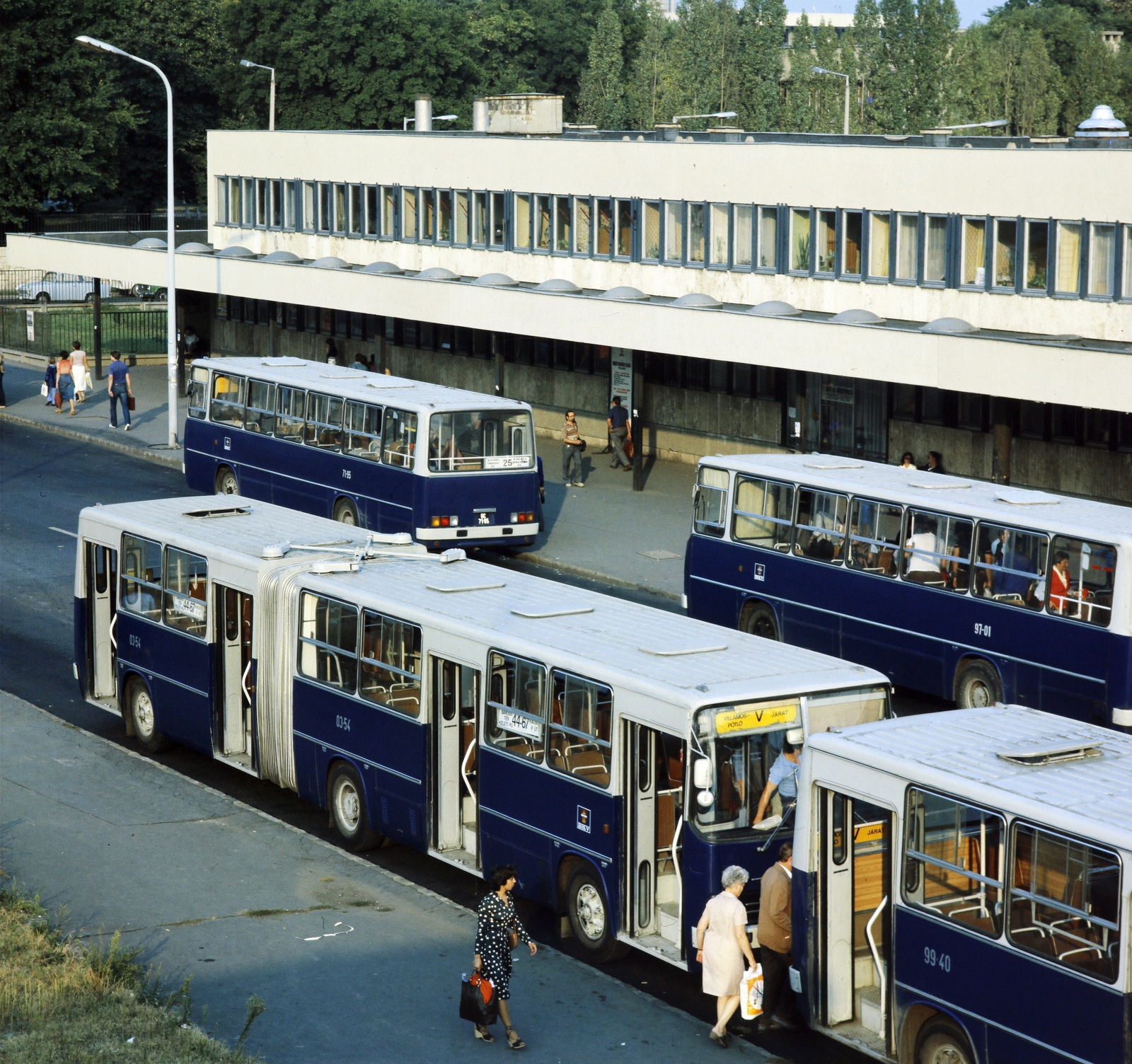
In the 1980s, the buses with blue-grey paint in Budapest were 22,000 HUF more expensive each than the yellow intercity buses (Photo: Fortepan/Reference No.: 212003)
The Ikarus 200 family was so successful that it practically caused the downfall of Ikarus in the post-socialist economic system. The Ikarus bus factory has been producing vehicles for a very long time, Pestbuda has presented many successful types before, but the rise was brought about by the fact that in 1963 Hungary received the right to develop buses within the CMEA, the economic cooperation system of the countries in the Soviet sphere of influence, and therefore a modern, cheaply produced vehicle was needed which became the Ikarus 200 series.
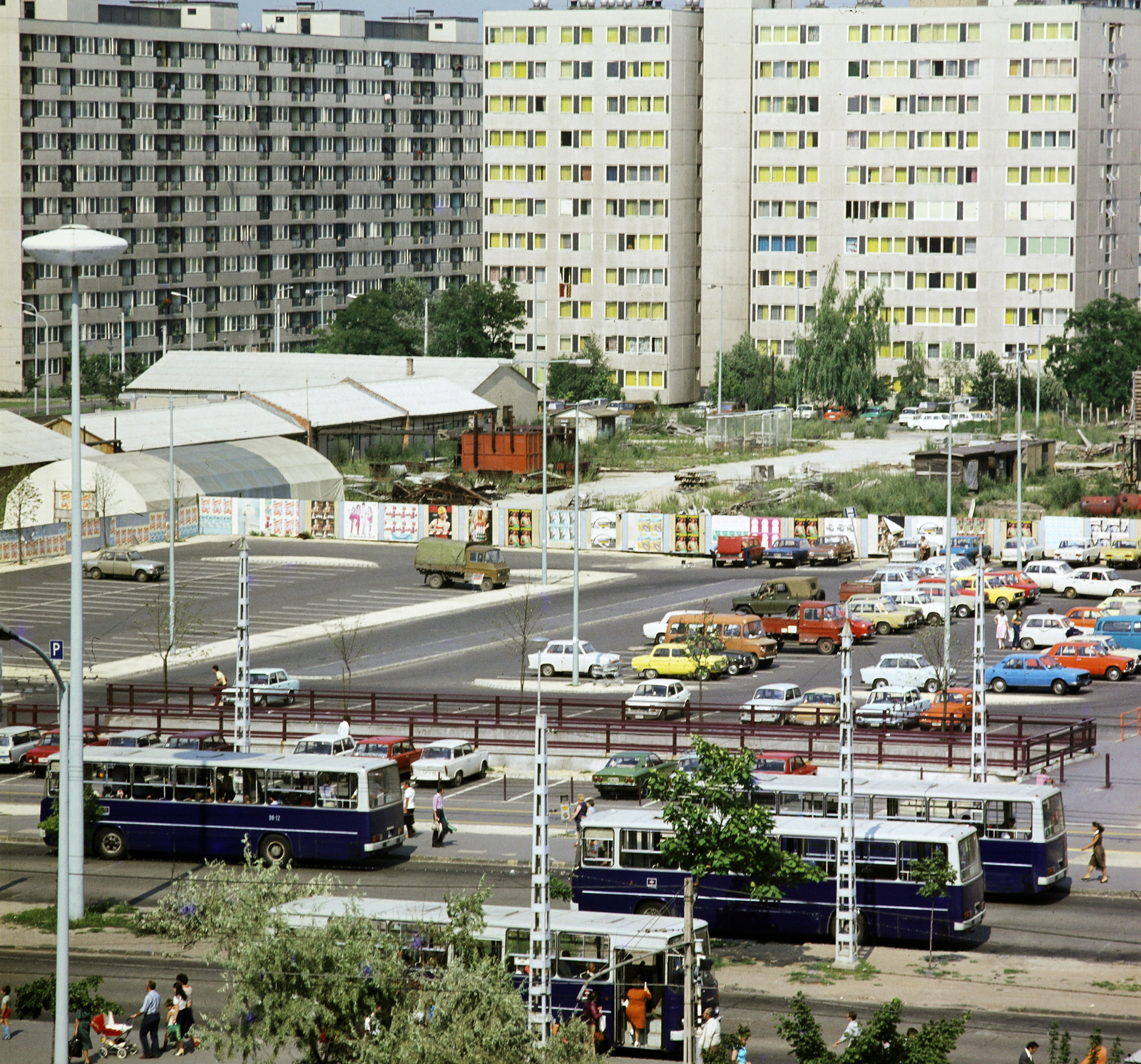
The design, made by László Finta, resulted in an attractive and spacious bus (Photo: Fortepan/Reference No: 211997)
The bus was such a forward-looking and defining type that there was simply no demand for more modern buses in the major markets represented by the socialist countries, so even though Ikarus developed more modern vehicles in vain, its customers, primarily the Soviet Union and the GDR, did not want to order them. In the 1970s, these buses reached the Western and even the North American markets, so they were no backward designs at all. In the early 1980s, three-quarters of the world's bus production was made up of the Ikarus 280.
The big idea that made the 200’s family so successful was that a wide variety of buses could be built on roughly the same basis, in addition to urban solo and articulated buses, intercity or long-distance buses, and even luxury vehicles; the 200’s family included more than 40 types of vehicles.
Later, more modern Ikarus appeared in Budapest and other cities, but their number of copies never reached the 200’s family, so the Ikarus slowly fell behind its Western competitors.
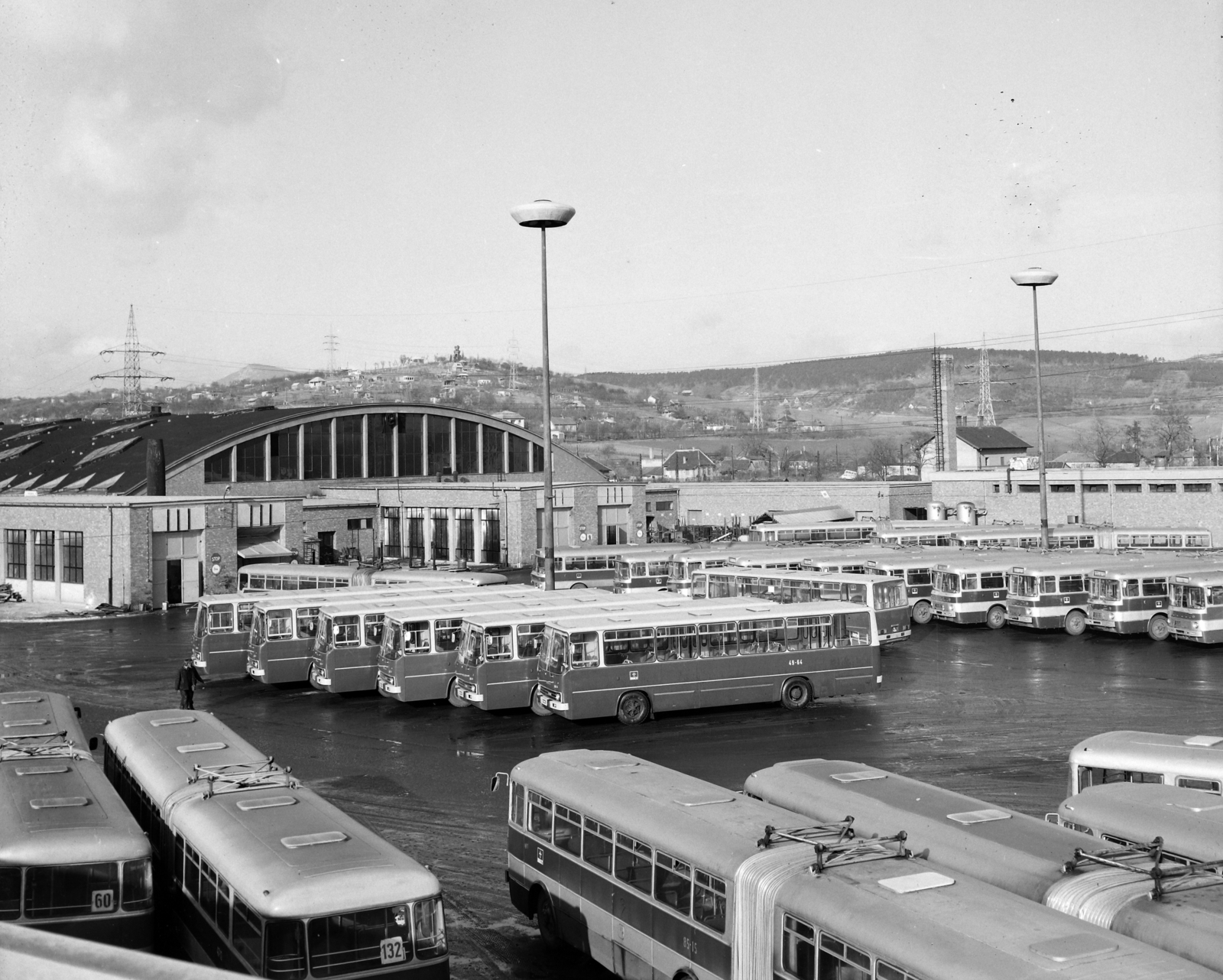
It took a few years to change the type: old and new Ikarus in the Pomázi Road bus garage in 1975 (Photo: Fortepan, Uvaterv)
In the 1960s, there was an urgent need for buses with a large capacity in Budapest transport. The early articulated buses, and then the later types, were now and then suitable for handling the larger number of passengers, but the vehicle that would have been able to reliably serve the Budapest traffic was still waiting. This became the Ikarus 200 family: the 260 solo bus and the bus type produced in the largest number of units in the world, the 280 is the articulated bus The factory presented the first buses at the BNV in 1967, the production of city buses started in 1971, and BKV also received a few copies for testing at that time.
The first series-produced examples were purchased by BKV fifty years ago, in 1972. The bus, equipped with huge windows and spacious, relatively comfortable seats, became very popular very quickly, and by 1980 it had displaced all previous buses from Budapest. Népszabadság wrote the following on 14 December 1972:
"The first ten Ikarus 260 buses rolled out of the gates of the Ikarus Car-Body and Vehicle Factory on Wednesday morning, and as József Toldi, the company's CEO said at the press conference, another ten buses will be handed over to the Budapest Transport Company this week. The newly developed 200’s bus family of Ikarus consists of seven members. Of these, the 11-metre-long 260 and the 16.5-metre articulated 230 will eventually replace the buses currently operating in the capital."
In fact, the solo vehicle could carry 76 and the articulated 148 passengers, and this type was much more spacious than the previous ones, since, for example, the passenger area was 10 centimetres higher than that of the Ikarus 556 type.
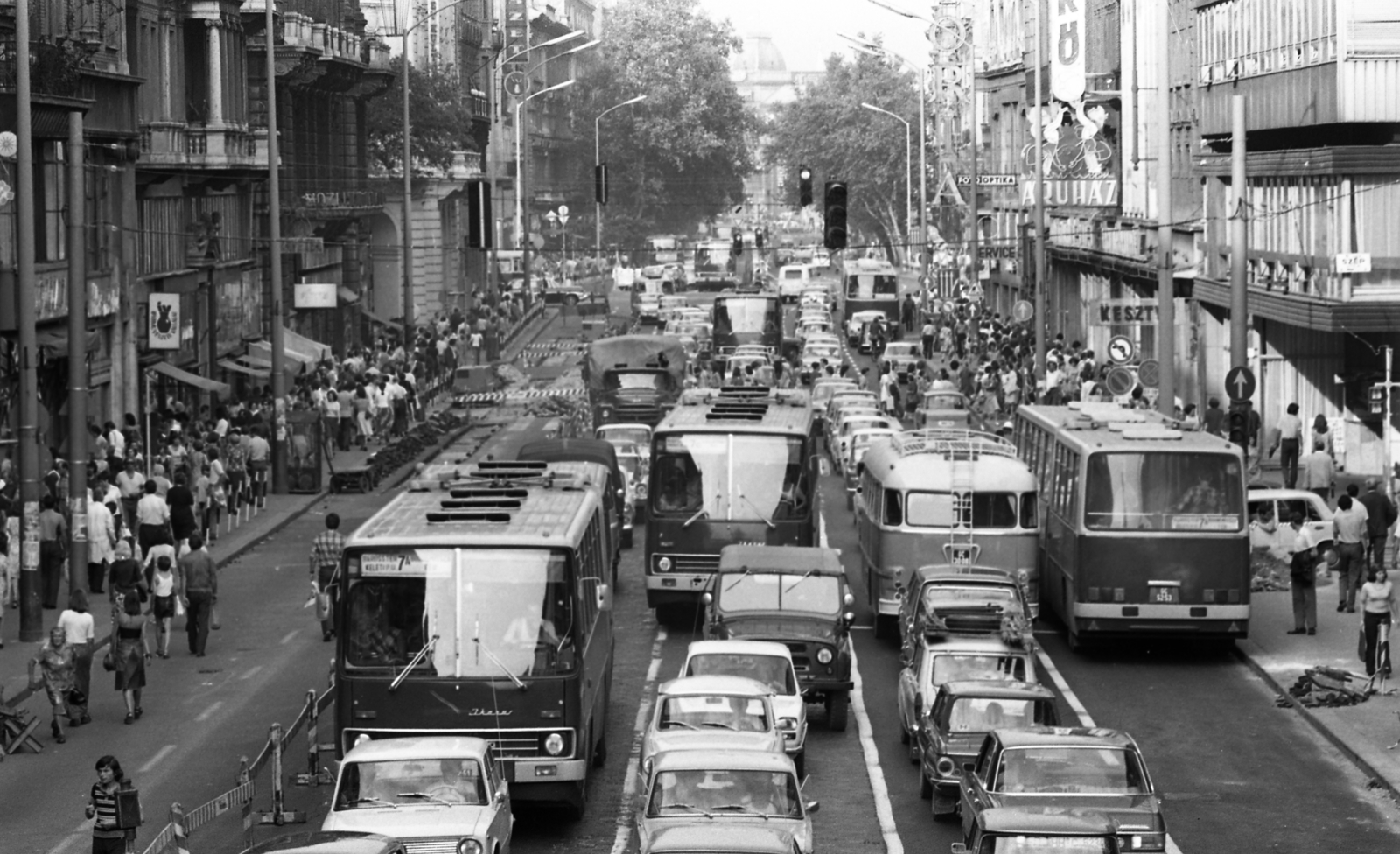
They were part of the Budapest streetscape for fifty years (Photo: Fortepan/Reference No.: 89989)
In the first half of the 1980s, practically no other type of bus operated in Budapest in the BKV fleet, during the decades the capital transport company bought a total of more than 1,600 articulated and 2,400 solo vehicles. At first, the buses were constantly replaced, they were scrapped after covering 450-600 thousand kilometres (after that they mostly served in the countryside), and new ones were bought, typically still 200s, even though Ikarus also offered newer types. Already in the late 1970s and early 1980s, the new 400 series was ready, where, for example, the floor was lower. The first ones appeared in Budapest in 1985 but the price of these more modern buses was higher, so BKV bought the Ikarus 200s, which had been introduced 20 years ago, until 1993.
Over the decades, many minor changes have taken place, more modern gearboxes, different doors and fluorescent lighting have been added to the buses, but the basic concept has not changed. Even in 1998, they bought another batch - buses that were intended for the Russian market, but the customer did not accept them and later used such vehicles were also obtained from the countryside, from Debrecen, some of which underwent significant renovation and modernisation. The load capacity and indestructibility of the Ikarus 200 vehicles are characterised by the fact that at the end of 2021, there were vehicles older than 30 years in the fleet.
However, in 2022, the time has already passed for them, the loud, high-floor vehicles will only operate as nostalgia vehicles in the future, and some examples can be viewed in the Museum of Transport.
Cover photo: The new Ikarus 200 series on the 1973 BNV (Photo: Fortepan/Reference No.: 110737)

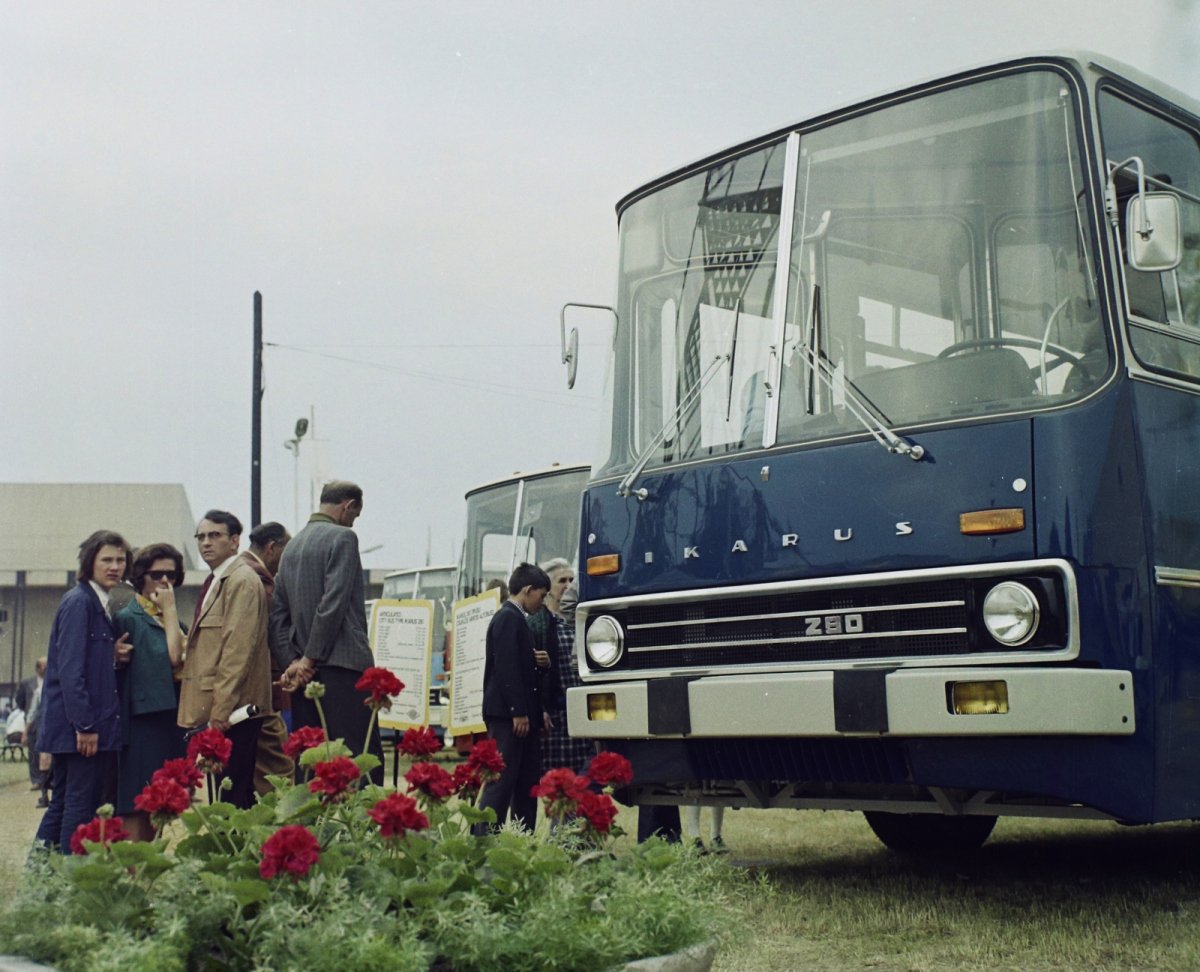


































Hozzászólások
Log in or register to comment!
Login Registration